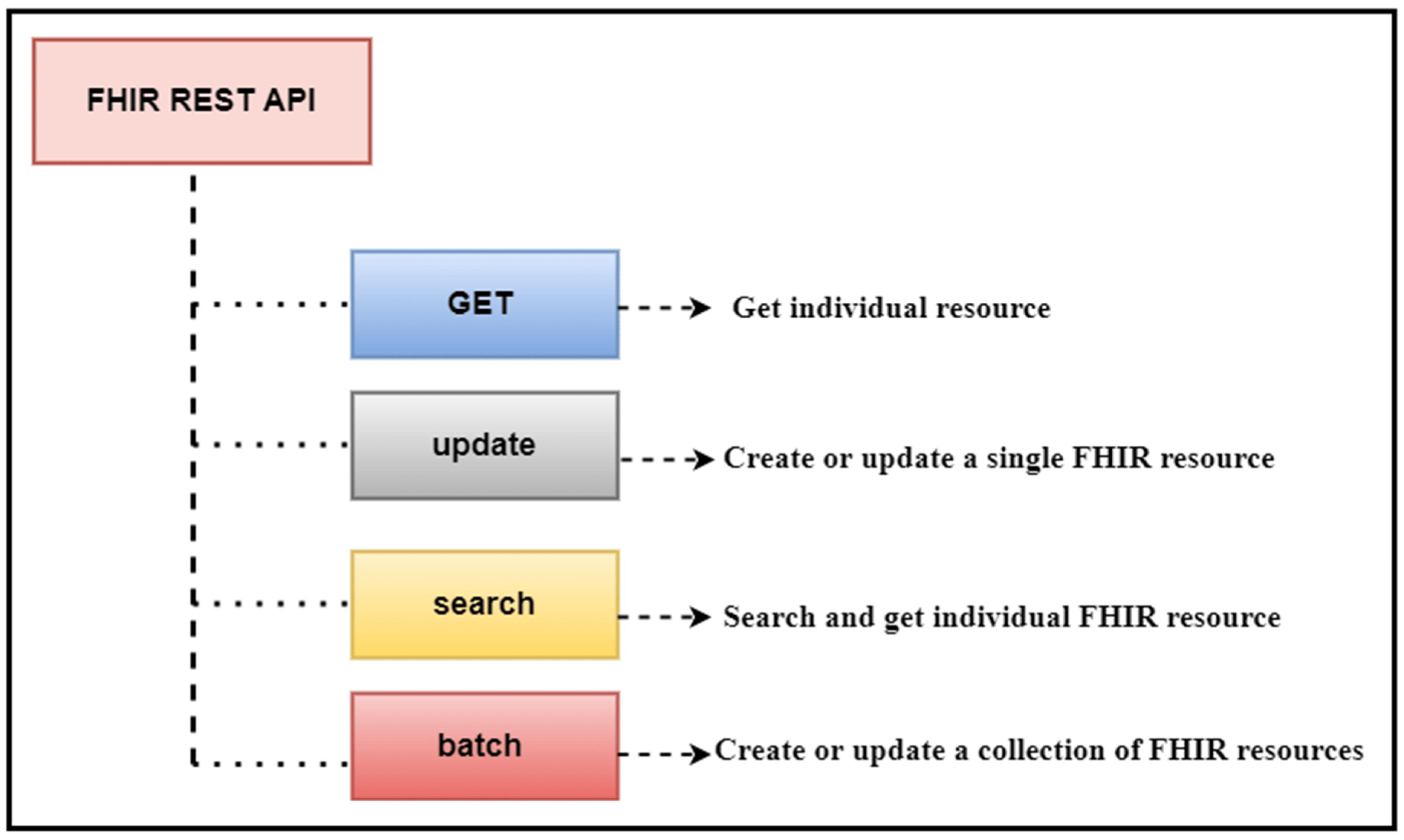Difference between revisions of "Template:Article of the week"
Shawndouglas (talk | contribs) (Updated article of the week text) |
Shawndouglas (talk | contribs) (Updated article of the week text) |
||
| Line 1: | Line 1: | ||
<div style="float: left; margin: 0.5em 0.9em 0.4em 0em;">[[File: | <div style="float: left; margin: 0.5em 0.9em 0.4em 0em;">[[File:Fig2 Ayaz Healthcare23 11-12.png|240px]]</div> | ||
'''"[[Journal: | '''"[[Journal:Transforming healthcare analytics with FHIR: A framework for standardizing and analyzing clinical data|Transforming healthcare analytics with FHIR: A framework for standardizing and analyzing clinical data]]"''' | ||
[[ | In this study, we discuss our contribution to building a [[Data analysis|data analytic]] framework that supports clinical statistics and analysis by leveraging a scalable standards-based data model named [[Fast Healthcare Interoperability Resources]] (FHIR). We developed an intelligent algorithm that is used to facilitate the clinical data analytics process on FHIR-based data. We designed several [[workflow]]s for patient clinical data used in two [[hospital information system]]s (HISs), namely patient registration systems (PRSs) and [[laboratory information system]]s (LIS). These workflows exploit various FHIR [[application programming interface]]s (API) to facilitate patient-centered and cohort-based interactive analyses. We developed a FHIR database implementation that utilizes FHIR APIs and a range of operations to facilitate descriptive data analytics (DDA) and patient cohort selection ... ('''[[Journal:Transforming healthcare analytics with FHIR: A framework for standardizing and analyzing clinical data|Full article...]]''')<br /> | ||
''Recently featured'': | ''Recently featured'': | ||
{{flowlist | | {{flowlist | | ||
* [[Journal:Laboratory automation, informatics, and artificial intelligence: Current and future perspectives in clinical microbiology|Laboratory automation, informatics, and artificial intelligence: Current and future perspectives in clinical microbiology]] | |||
* [[Journal:Registered data-centered lab management system based on data ownership security architecture|Registered data-centered lab management system based on data ownership security architecture]] | * [[Journal:Registered data-centered lab management system based on data ownership security architecture|Registered data-centered lab management system based on data ownership security architecture]] | ||
* [[Journal:FAIR Health Informatics: A health informatics framework for verifiable and explainable data analysis|FAIR Health Informatics: A health informatics framework for verifiable and explainable data analysis]] | * [[Journal:FAIR Health Informatics: A health informatics framework for verifiable and explainable data analysis|FAIR Health Informatics: A health informatics framework for verifiable and explainable data analysis]] | ||
}} | }} | ||
Revision as of 16:12, 20 November 2023
In this study, we discuss our contribution to building a data analytic framework that supports clinical statistics and analysis by leveraging a scalable standards-based data model named Fast Healthcare Interoperability Resources (FHIR). We developed an intelligent algorithm that is used to facilitate the clinical data analytics process on FHIR-based data. We designed several workflows for patient clinical data used in two hospital information systems (HISs), namely patient registration systems (PRSs) and laboratory information systems (LIS). These workflows exploit various FHIR application programming interfaces (API) to facilitate patient-centered and cohort-based interactive analyses. We developed a FHIR database implementation that utilizes FHIR APIs and a range of operations to facilitate descriptive data analytics (DDA) and patient cohort selection ... (Full article...)
Recently featured:
- Laboratory automation, informatics, and artificial intelligence: Current and future perspectives in clinical microbiology
- Registered data-centered lab management system based on data ownership security architecture
- FAIR Health Informatics: A health informatics framework for verifiable and explainable data analysis










